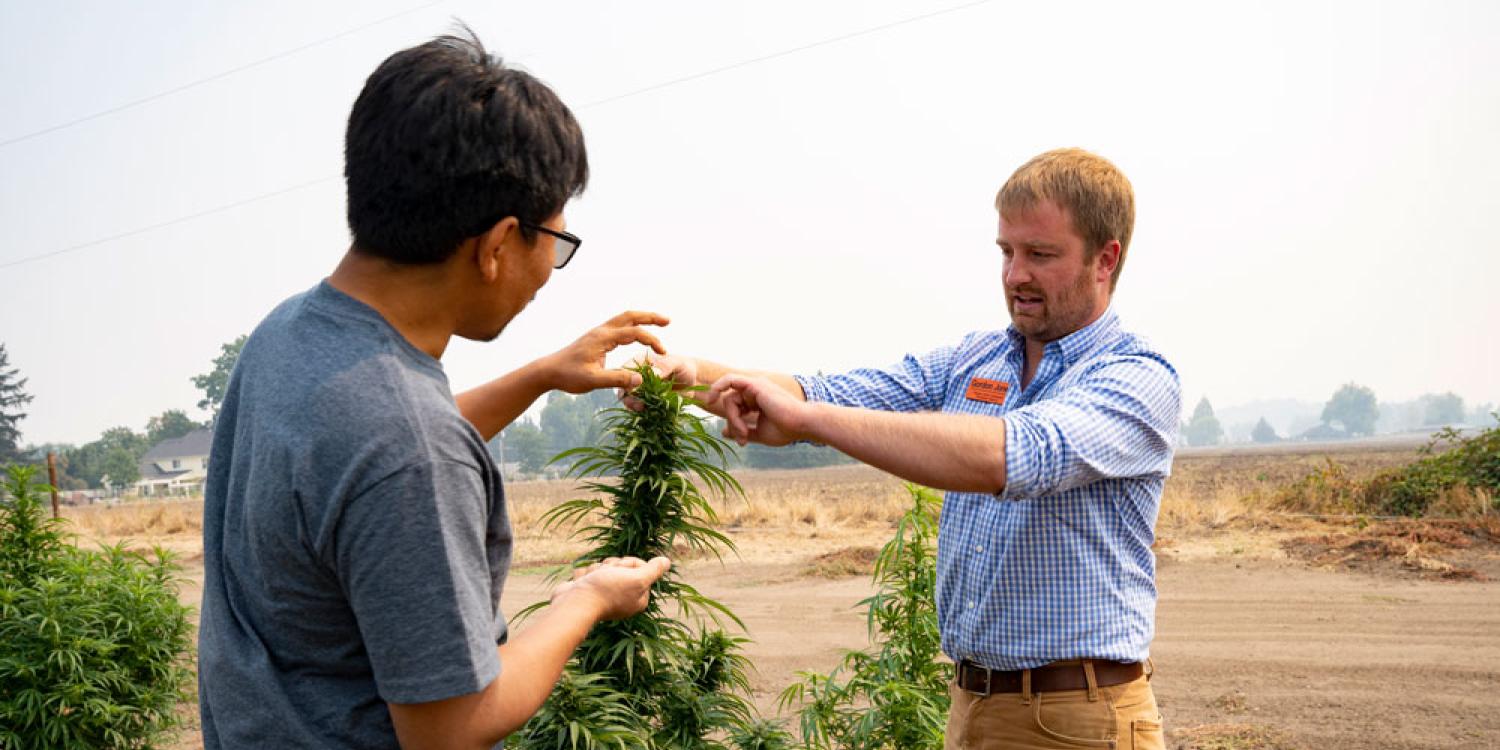
Recent extreme summer heat waves in the Pacific Northwest – such as the 2021 heat dome that resulted in record-setting high temperatures across the state – have been detrimental to the hemp growers of Oregon. Many farmers lost a large amount of crop, which has instilled lots of doubt about yield quantities in the future as the climate continues to change and these heat waves become more common. Gordon Jones, an Oregon State University assistant professor of general agriculture and Extension faculty member at the Southern Oregon Research and Extension Center, has provided helpful insight to hemp agriculturists.
Water and irrigation are key to having a healthy hemp crop. However, during high temperatures like the ones in 2021, water might have been shut off on some areas. Without enough water, hemp can turn yellow and crisp, leaving it unsuitable for markets. Jones recommends planning ahead of time for hot weather. By paying attention to the news and the water conditions of reservoirs in winter, growers can decide the best course of action for hemp season.
If it appears that it will be a dry year, Jones suggests using varieties of hemp with shorter growing seasons, such as autoflowering hemp. These plants can grow to maturity in as little as 50-75 days, which is crucial for their ability to survive. Though challenging, growers should also consider looking into backup water sources, such as a building a personal well or pond, as doing so will allow for a more sustainable crop. When hemp has been in the ground and has grown good roots, it will be resilient, according to Jones.
“That's what we saw for those who planted in early June in 2021, a couple weeks before the heat wave. When they had gotten through transplant shock, they did fine,” he said.
Jones and his OSU colleagues will continue to investigate hemp and its potential to thrive in various environments across the state.